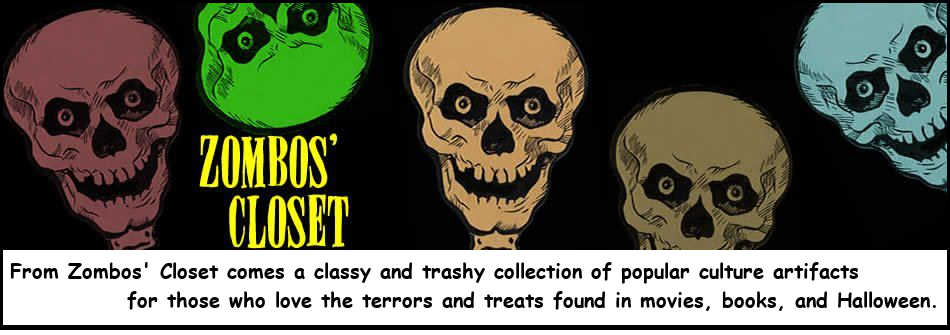Ron Ely Interview
From Doc Savage Magazine
Issue 2, 1975
I picked up Marvel’s Doc Savage, The Man of Bronze magazine, issue two, dated 1975, recently at my favorite comic shop, Fourth World Comics. Of course, I read this issue during its original run, but I gave up my comic book collection some years ago, and seeing it for cheap, I couldn’t resist. Looked like some geezer collector unloaded his collection at the shop so there were lots of magazines and comics–of my favorite vintage–all priced to travel fast. Yeah, us older collectors: we don’t just fade away, we fizzle and sputter, lessen the load, then fade away. But before then, we do like to reread the old stuff on paper. Yes! Paper dammit!
Ron Ely was the perfect Doc Savage trapped in an imperfect 1975 movie by George Pal. For some bizarre reason, Pal channeled the campiness of the Adam West Batman series into Doc Savage: The Man of Bronze with terminal effect. One and done, and ever since, Doc fans have been waiting through the endless machinations of Hollywood to get it right. At various points in time, Chuck Connors (The Rifleman), Arnold Schwarzenegger, and Dwayne ‘The Rock’ Johnson and Chris Helmsworth were associated with bringing the pulp-hero forerunner to Superman back to the screen. A few attempts at television also fizzled. With the current format of streaming stories, now’s the time to greenlight Doc Savage again into a multi-episode offering instead of a single movie. While we wait, here’s Ely’s interview for the magazine.

















